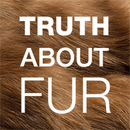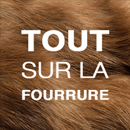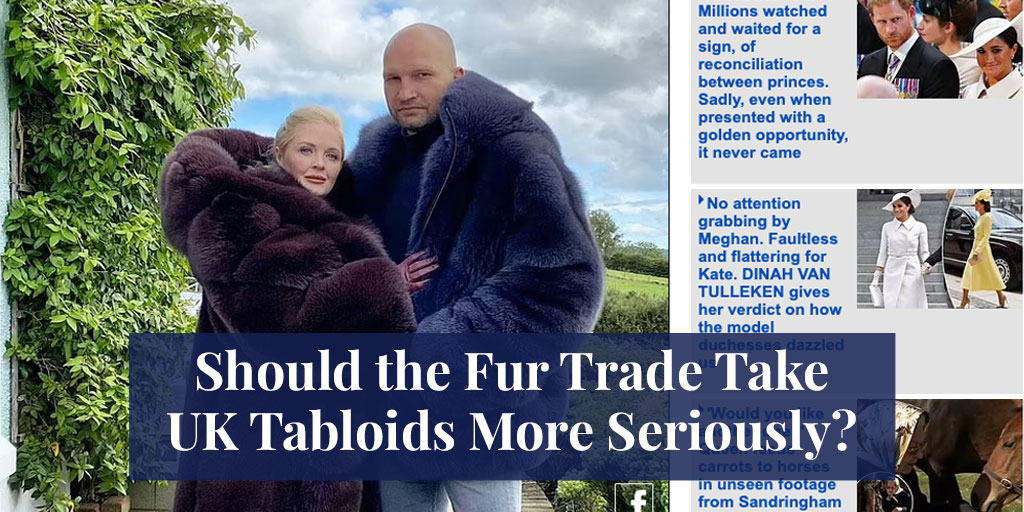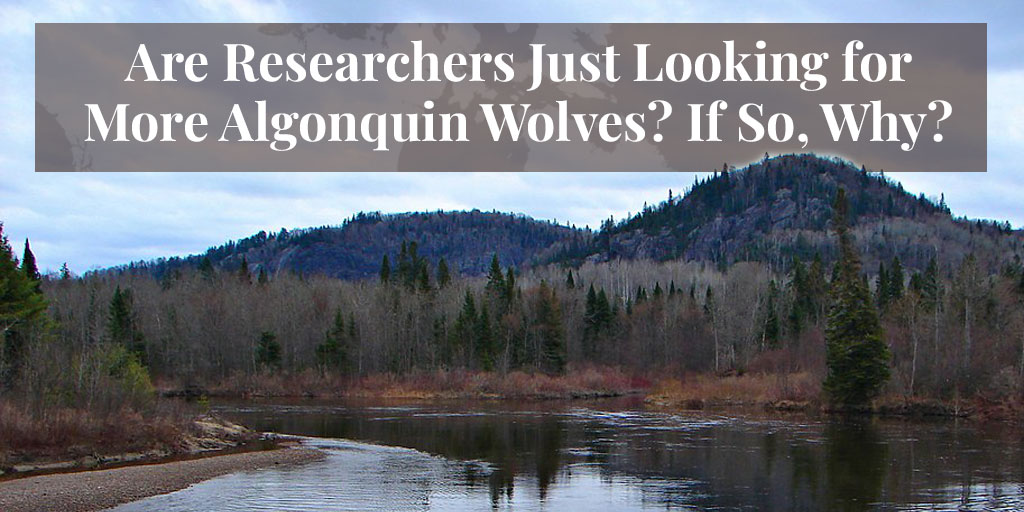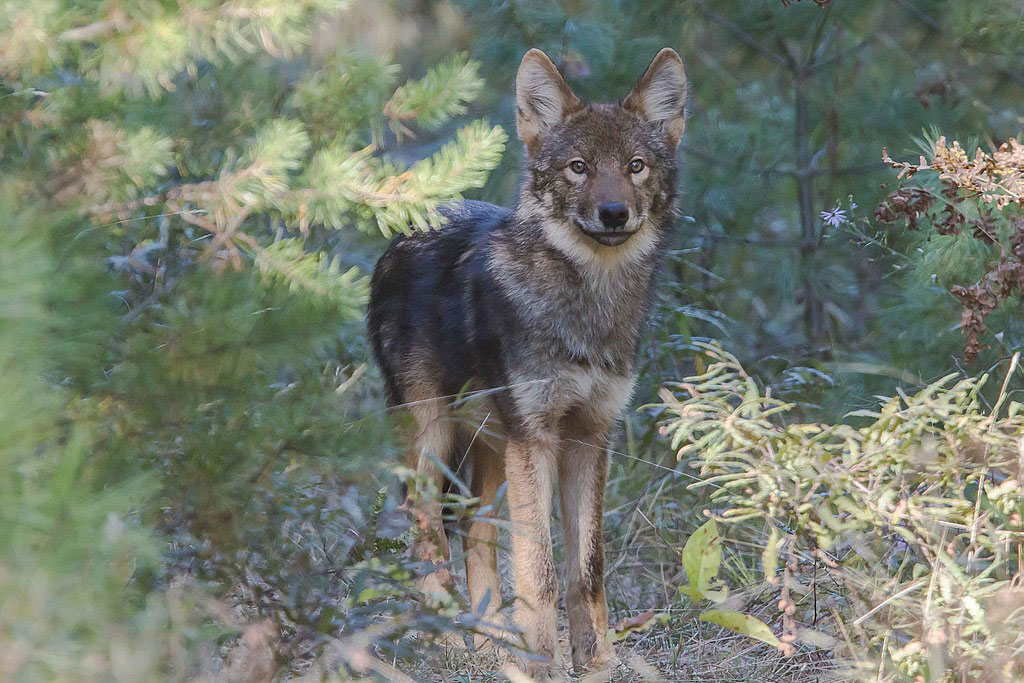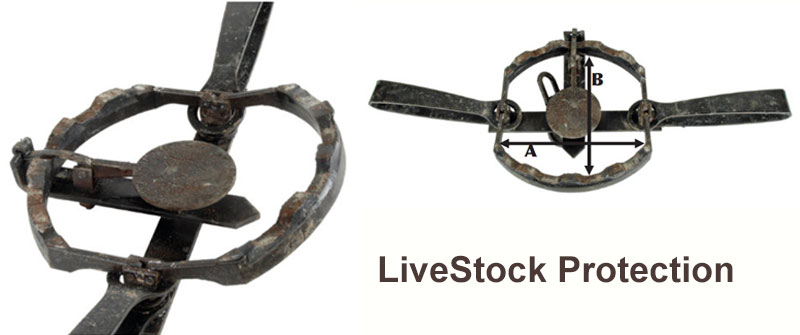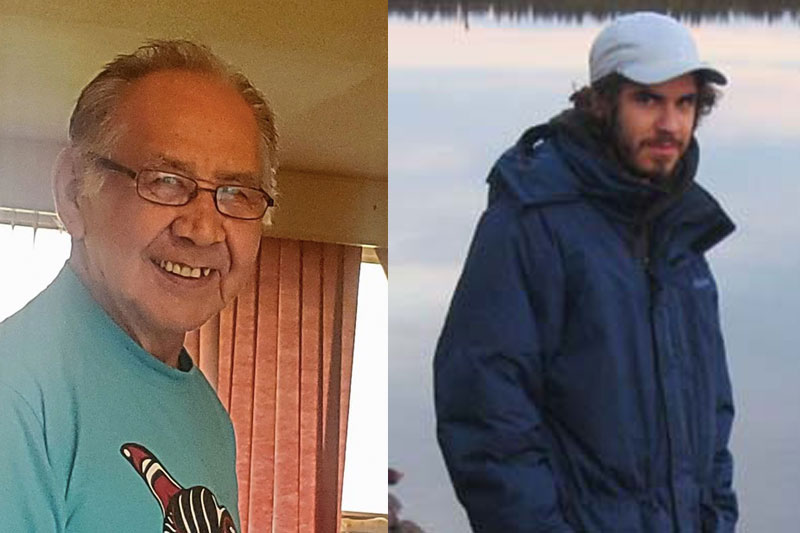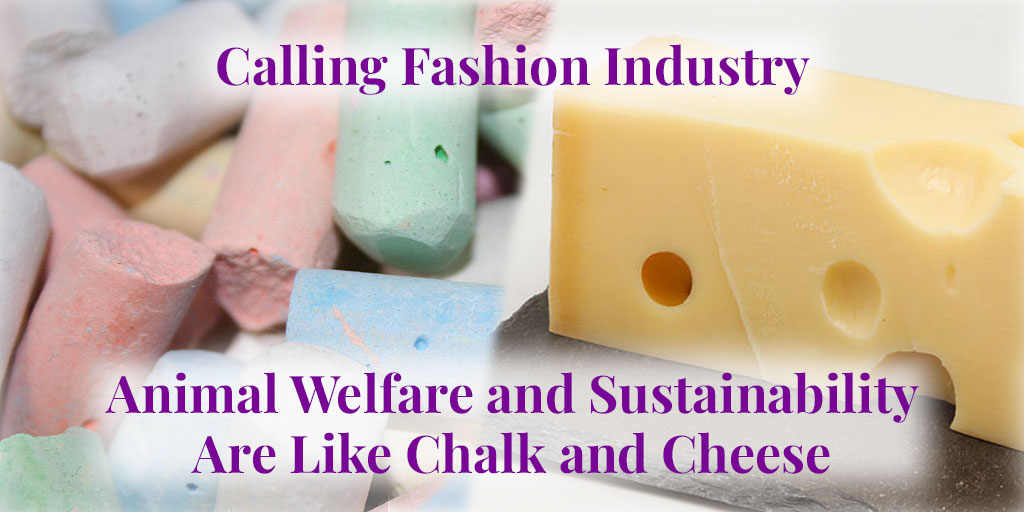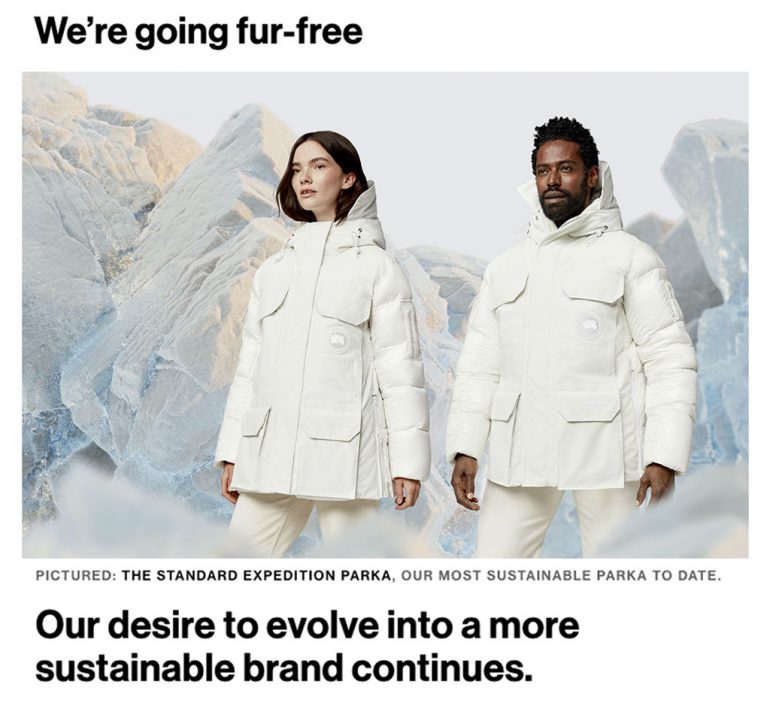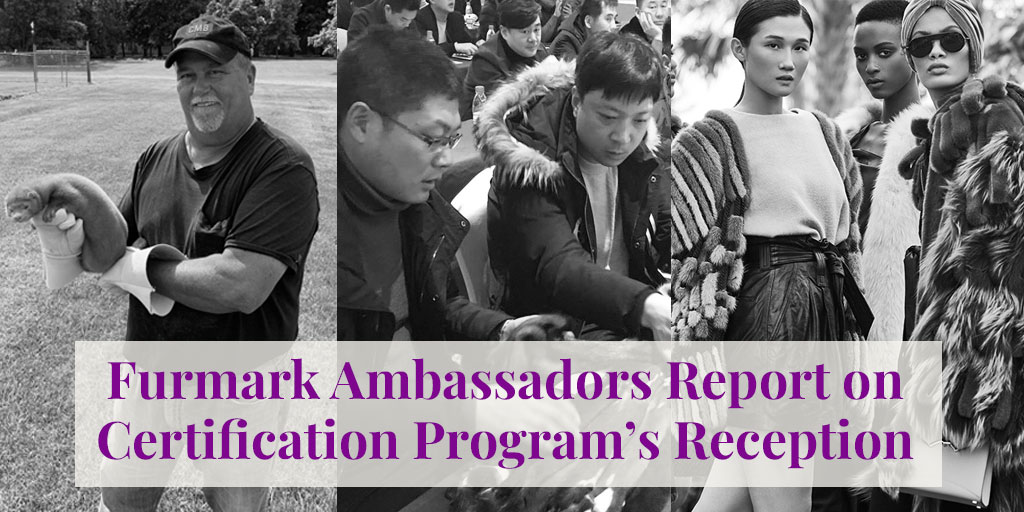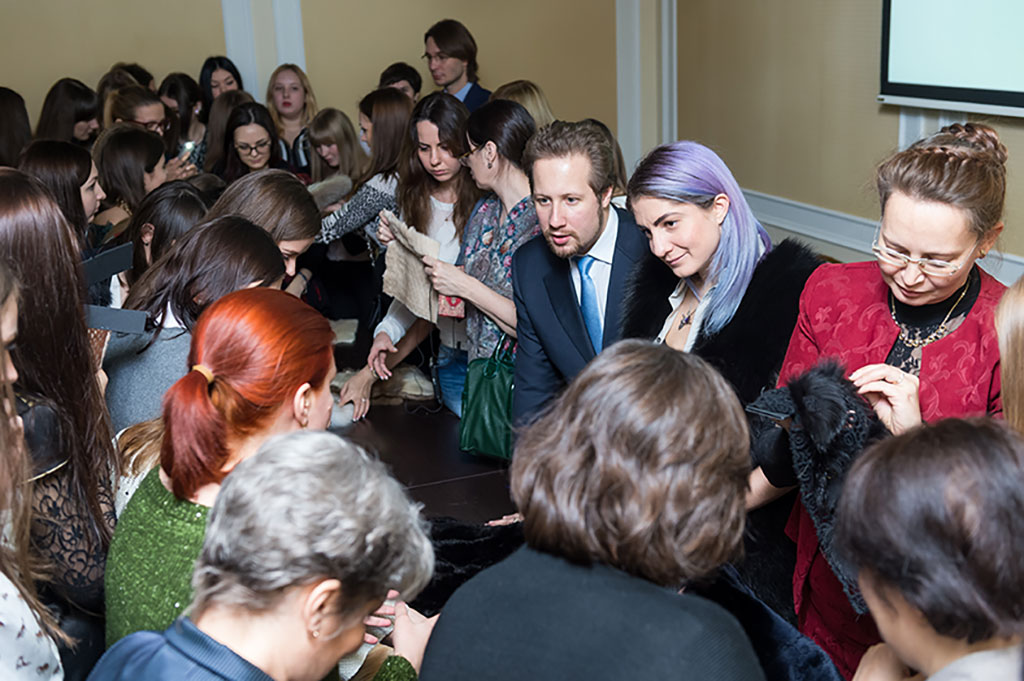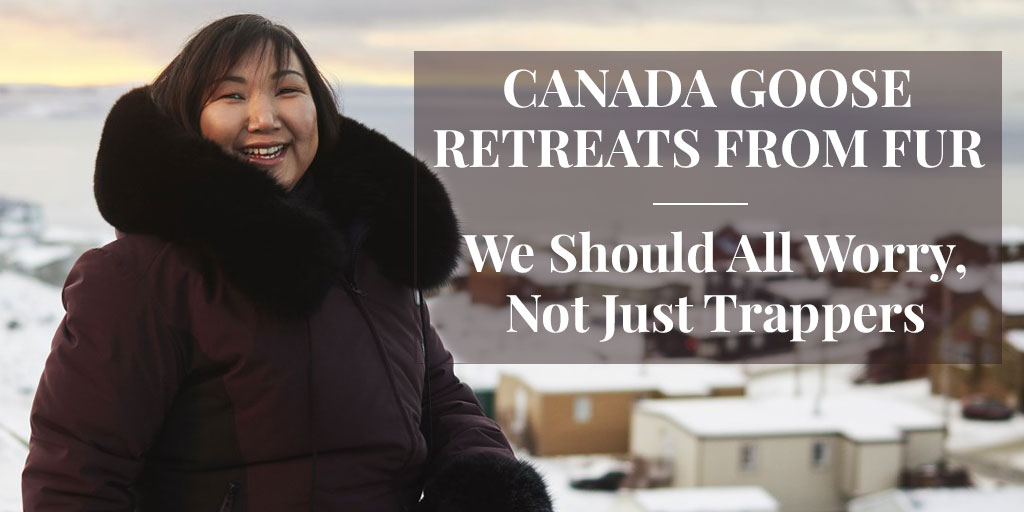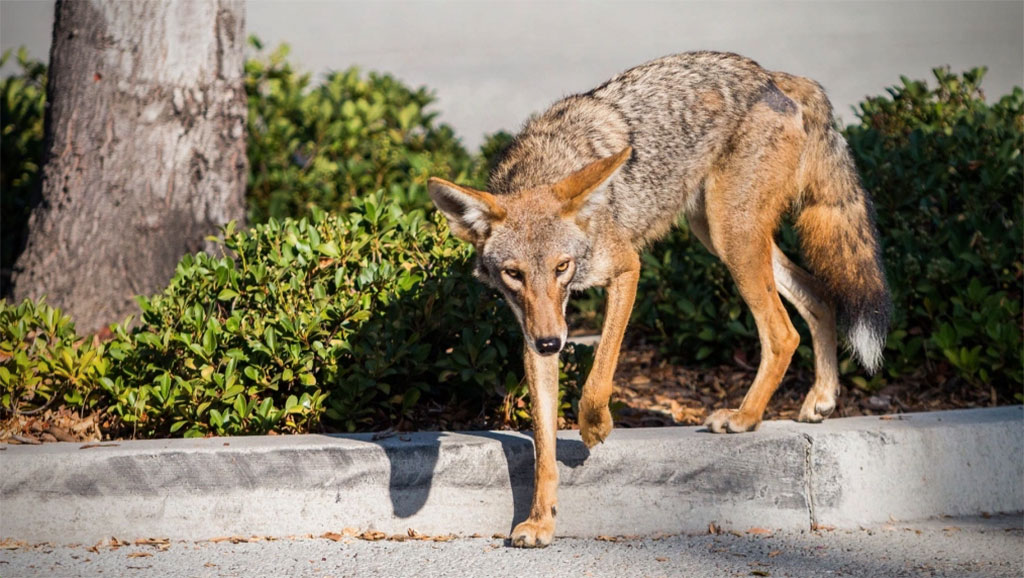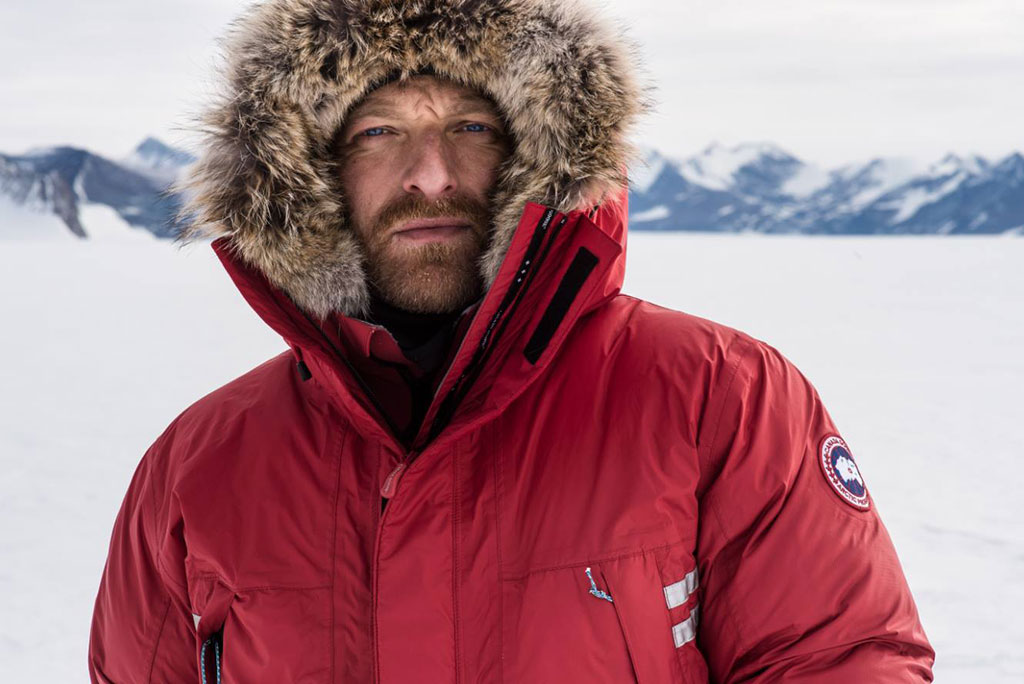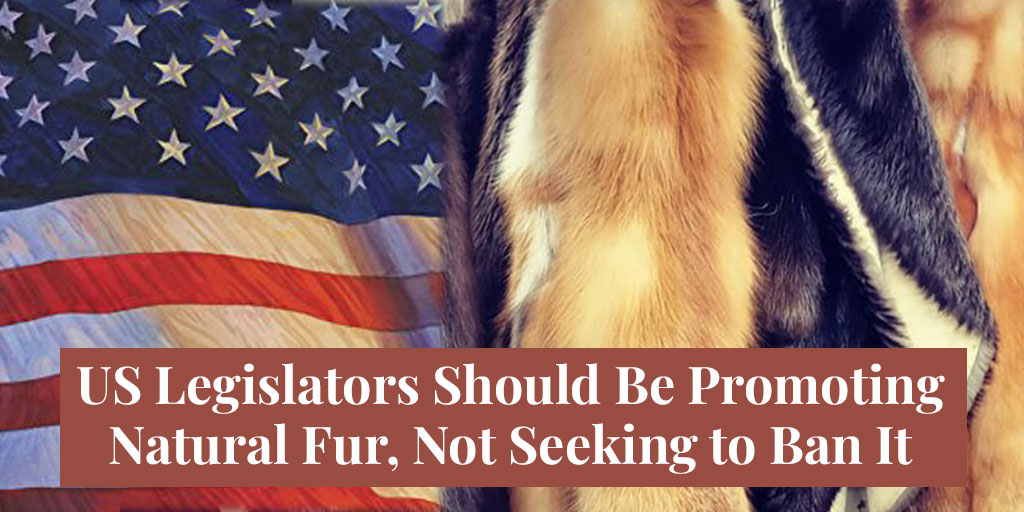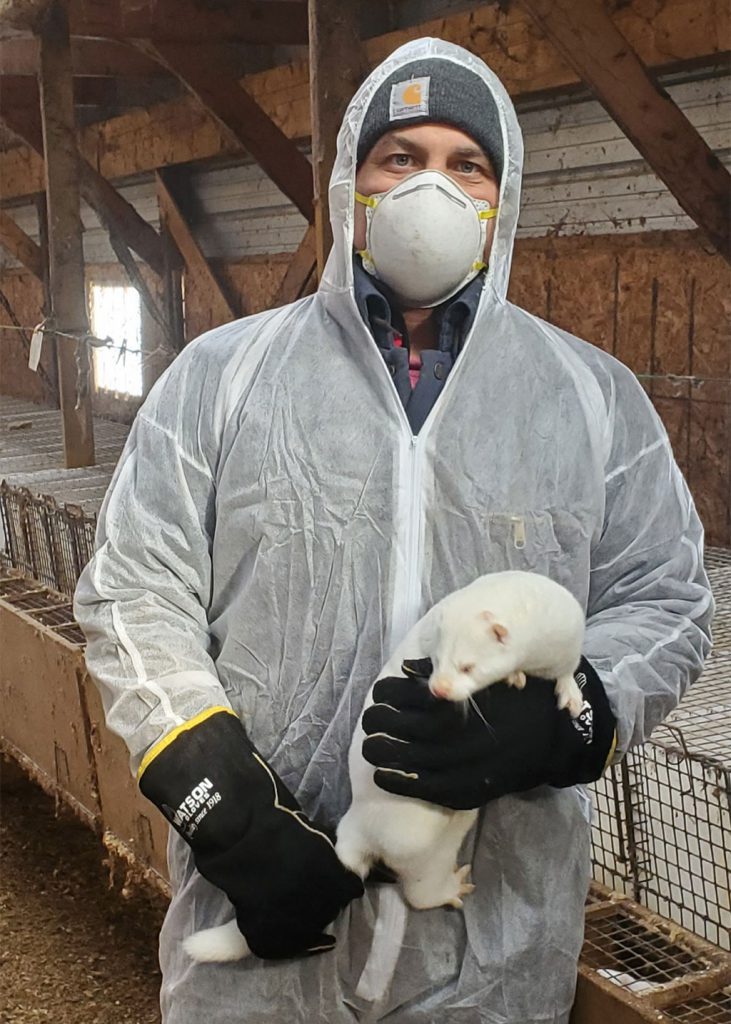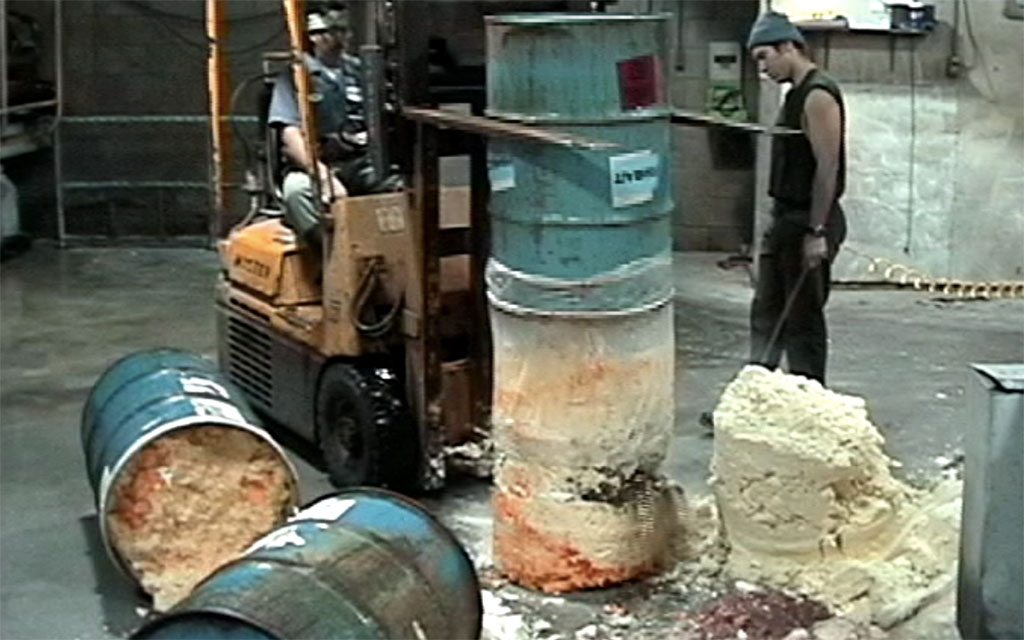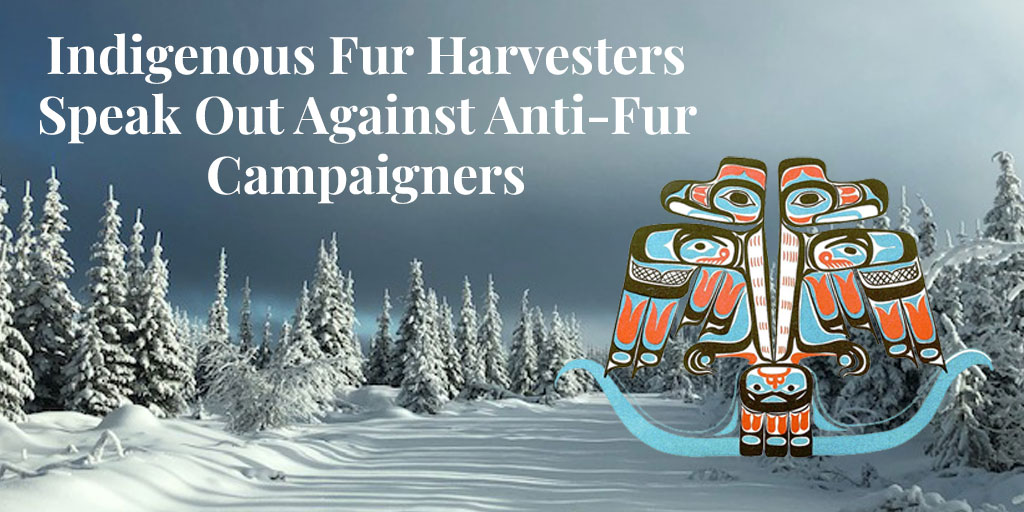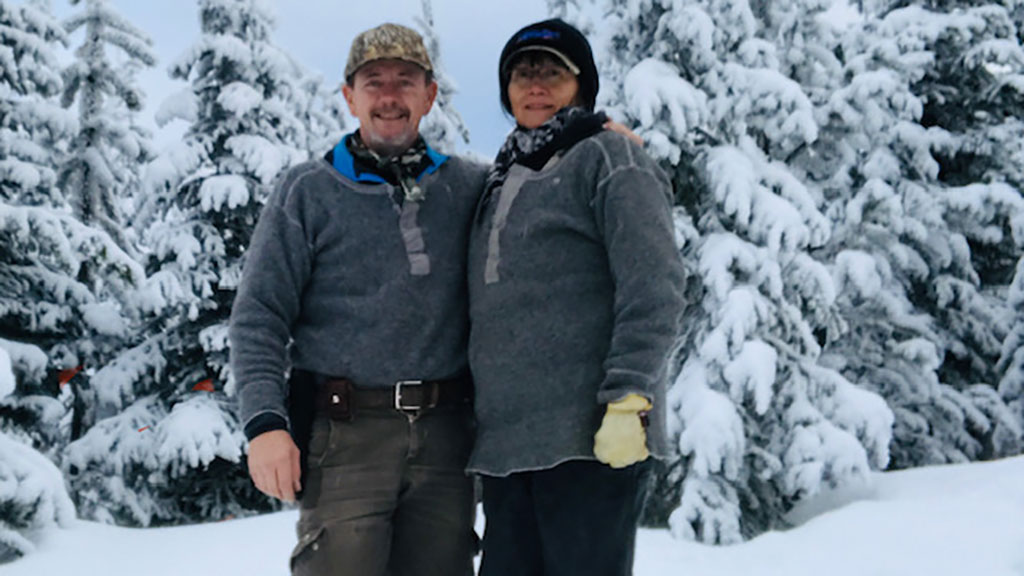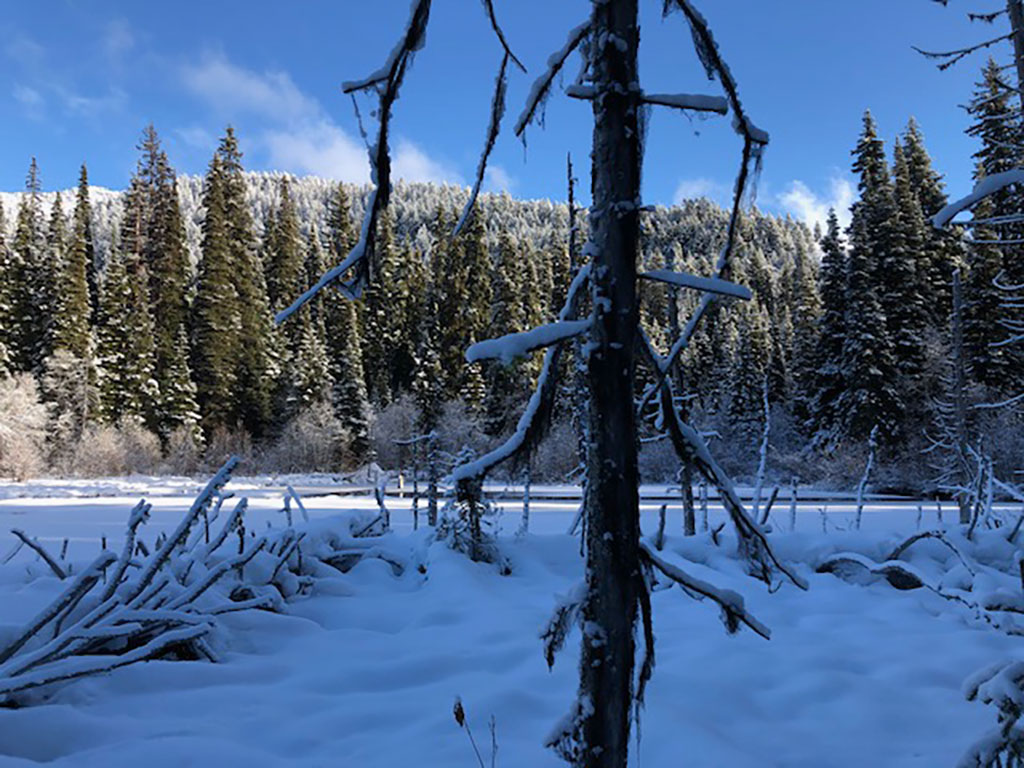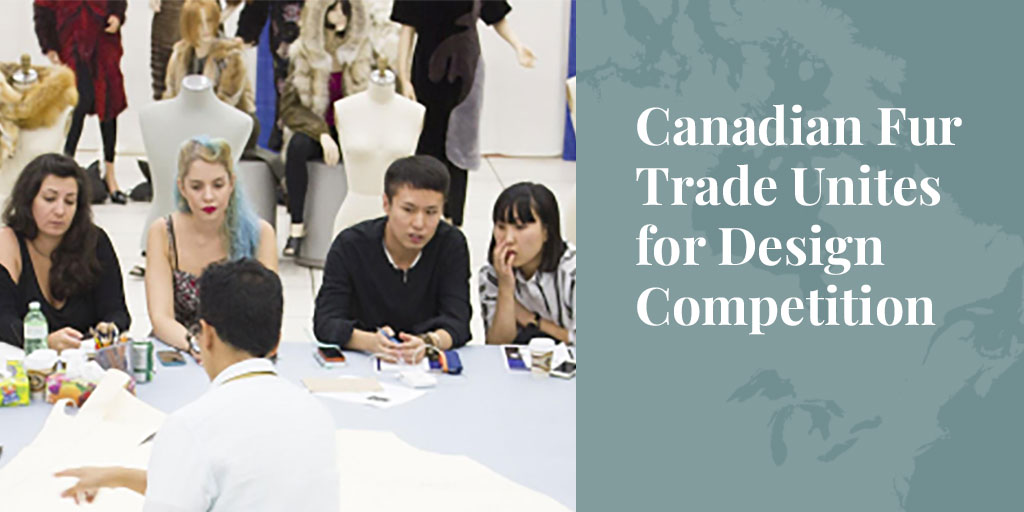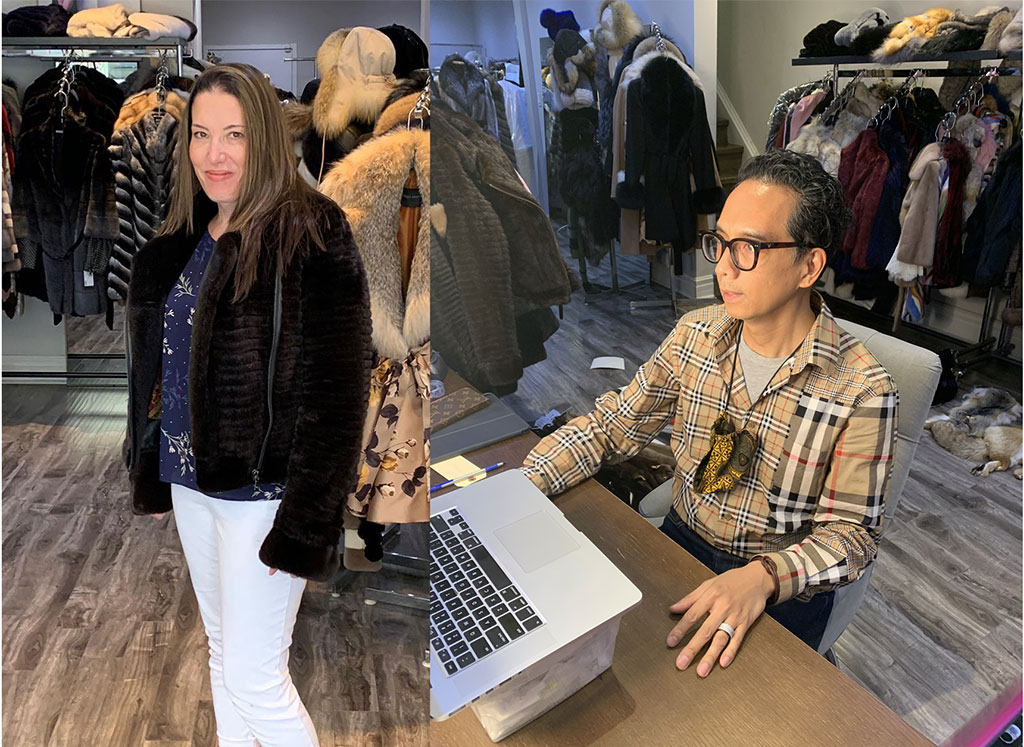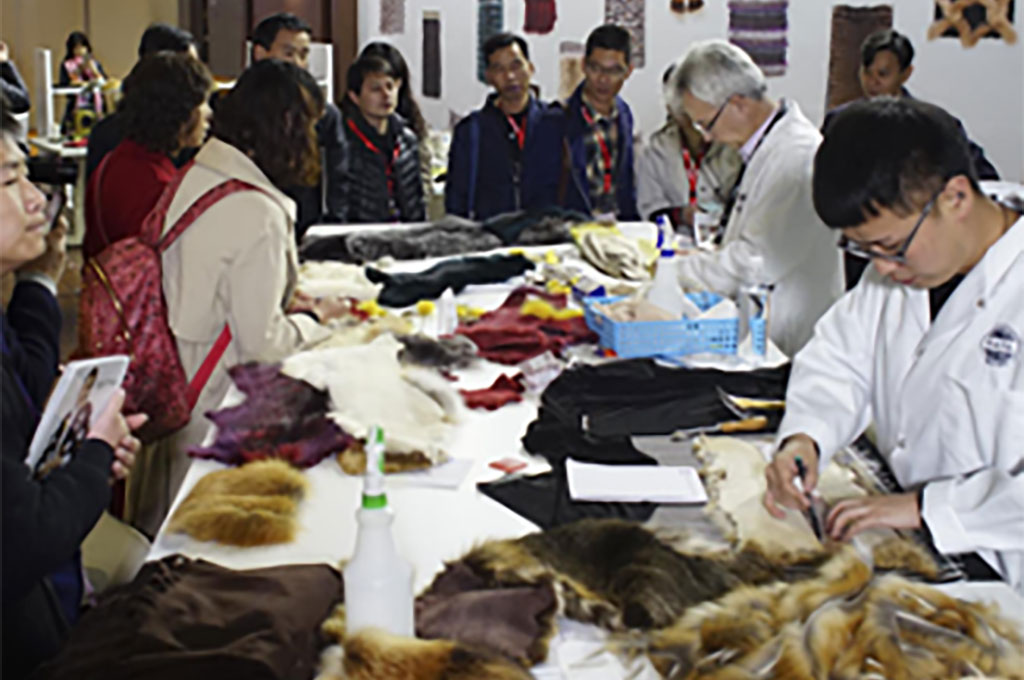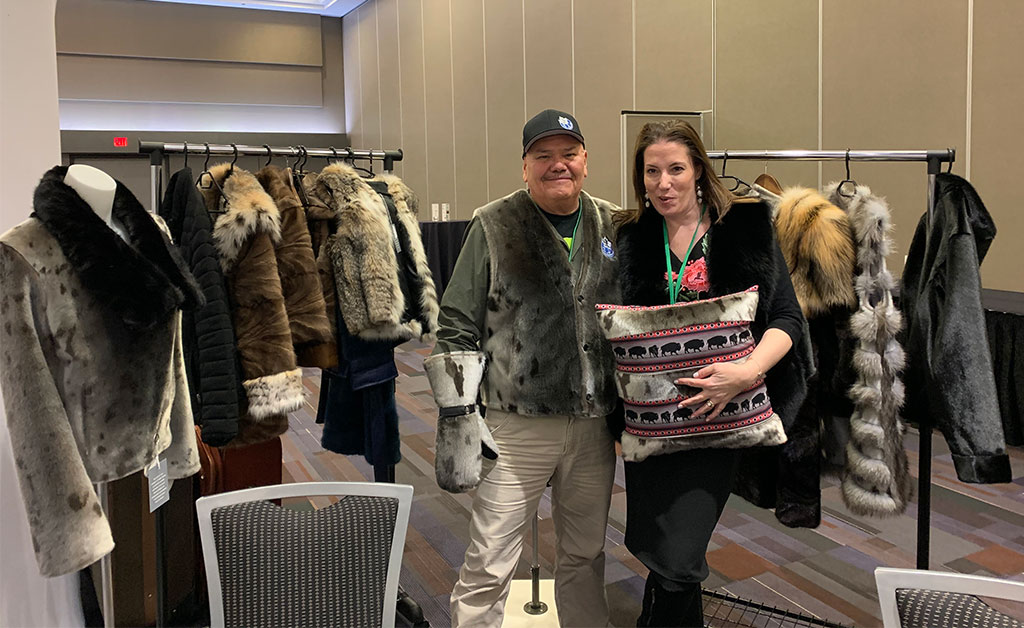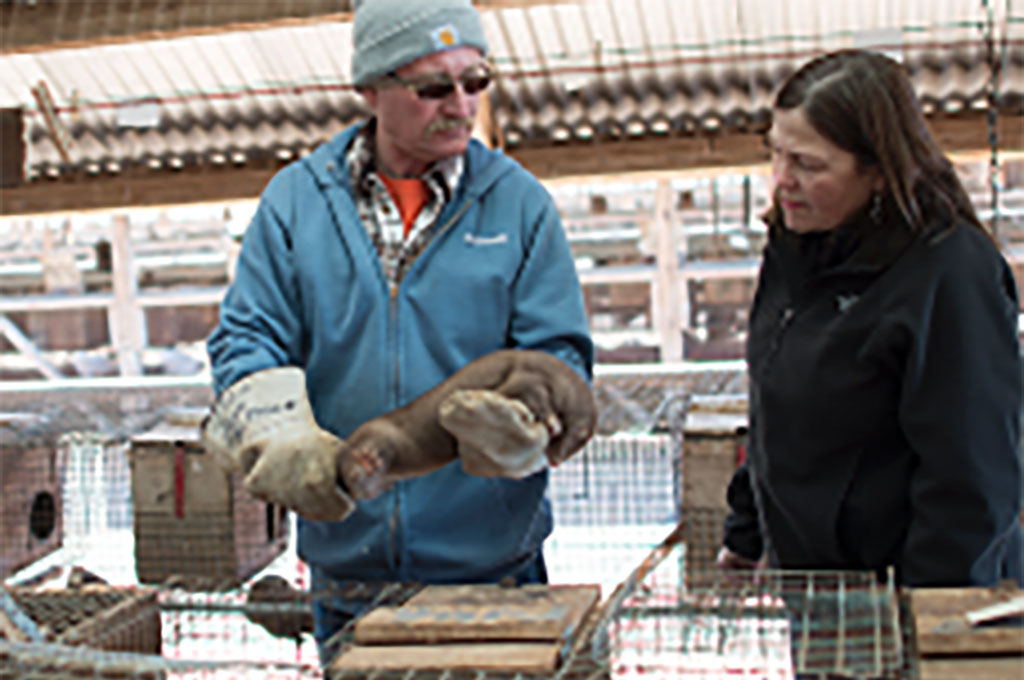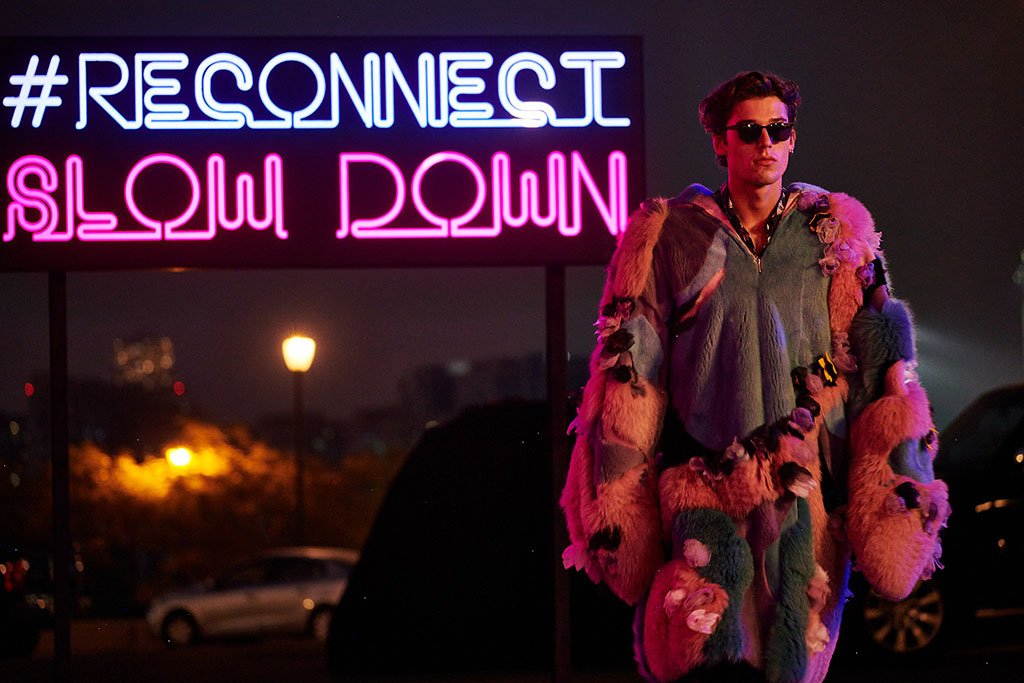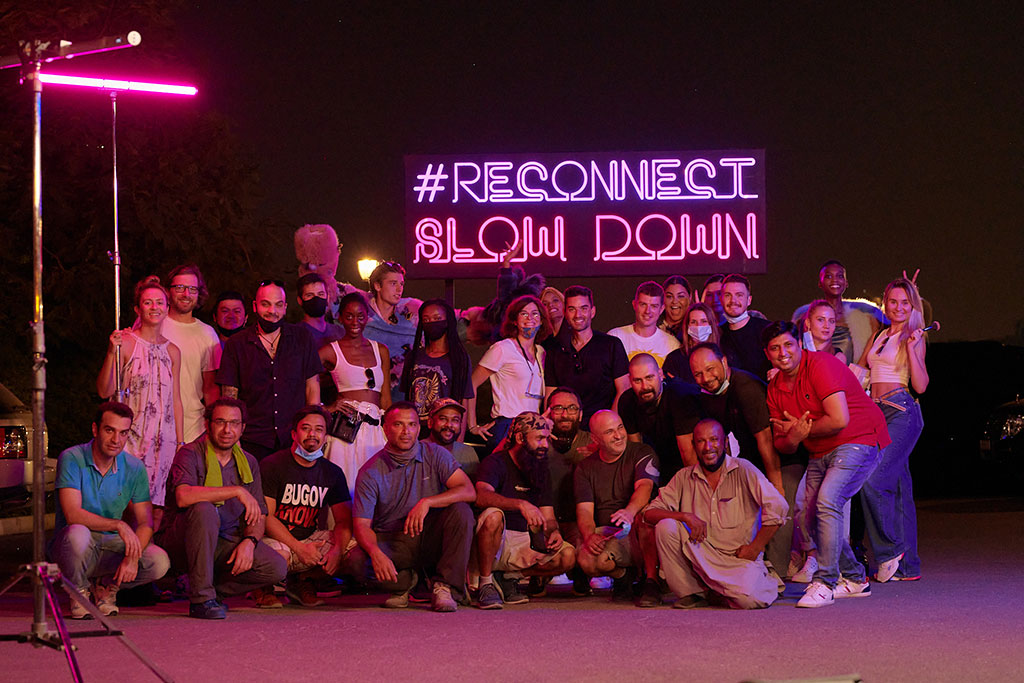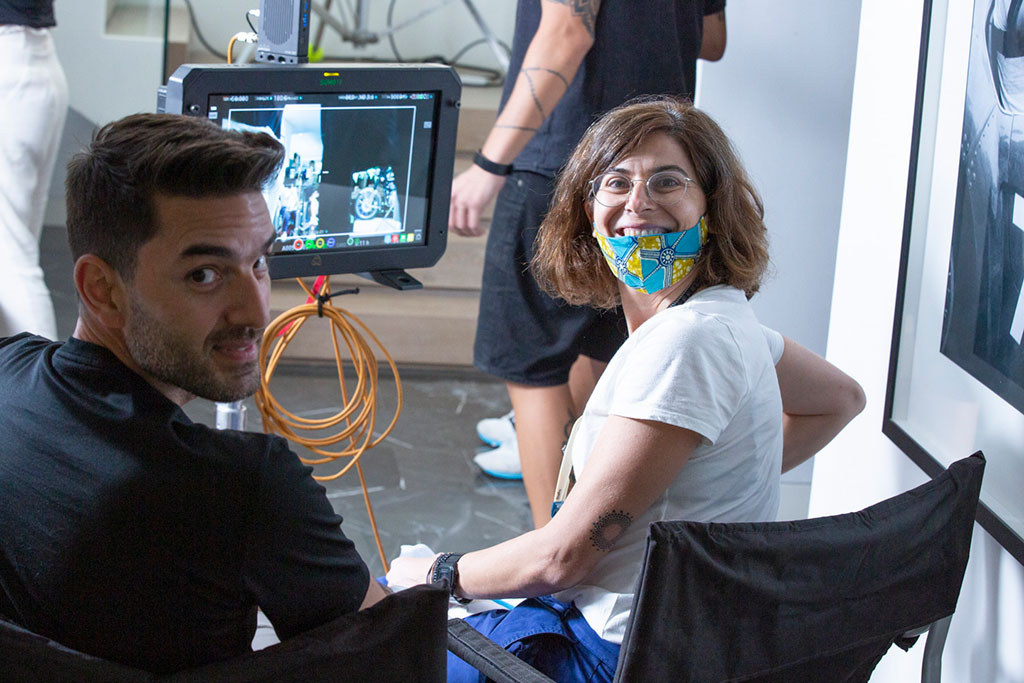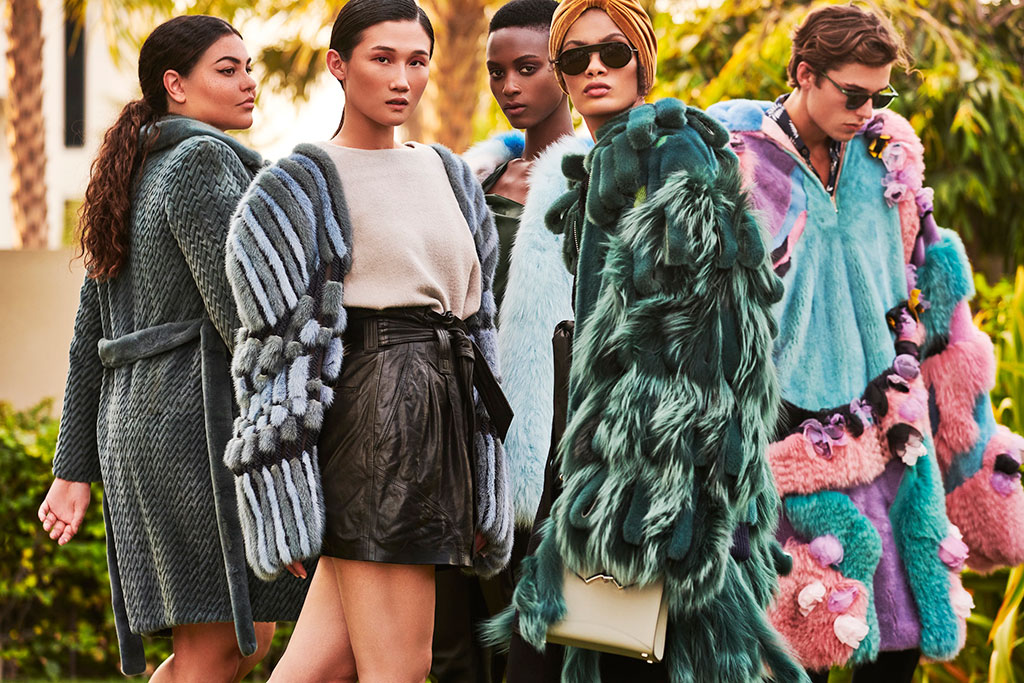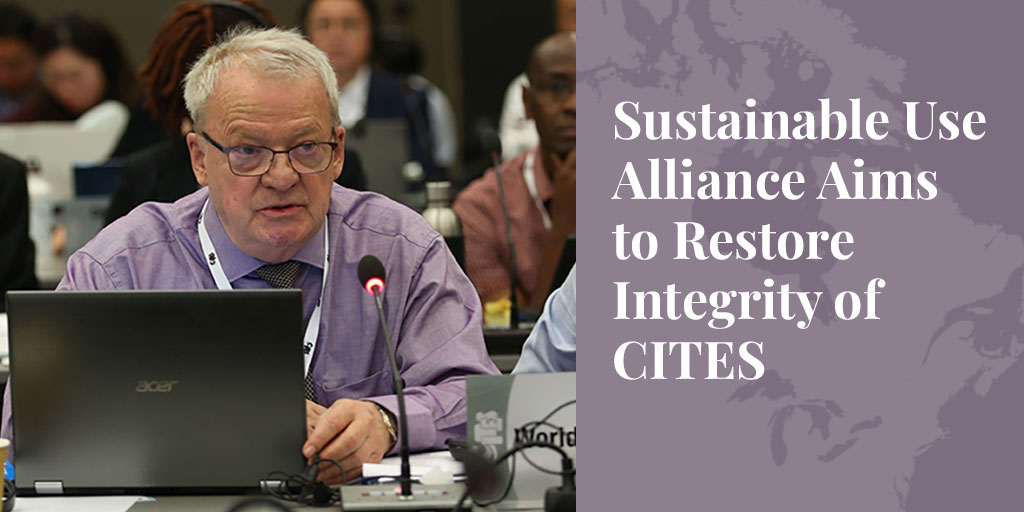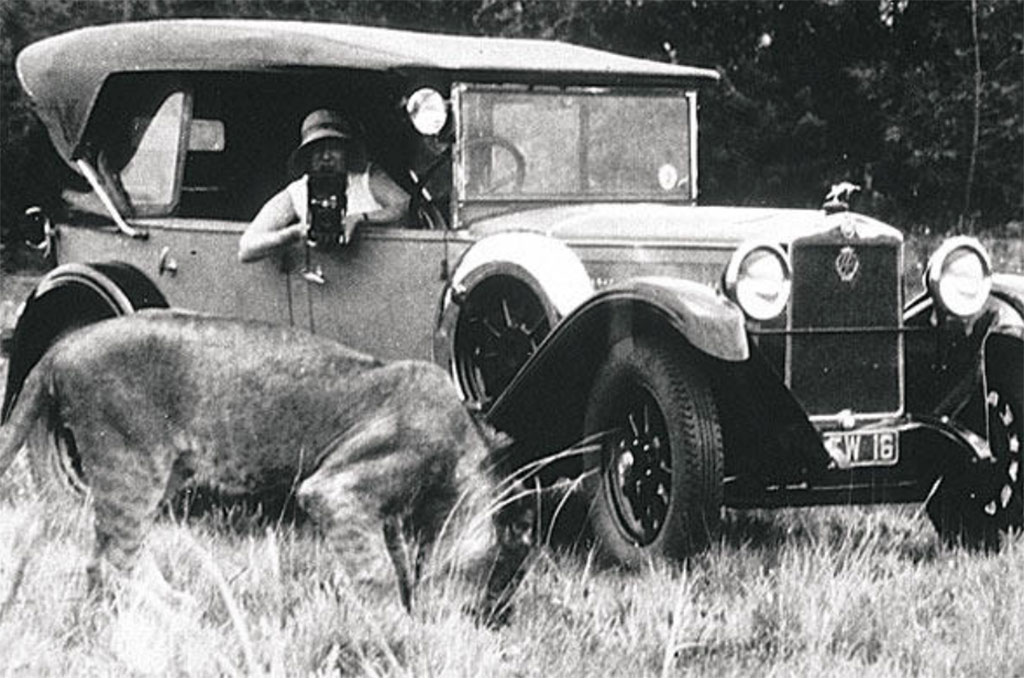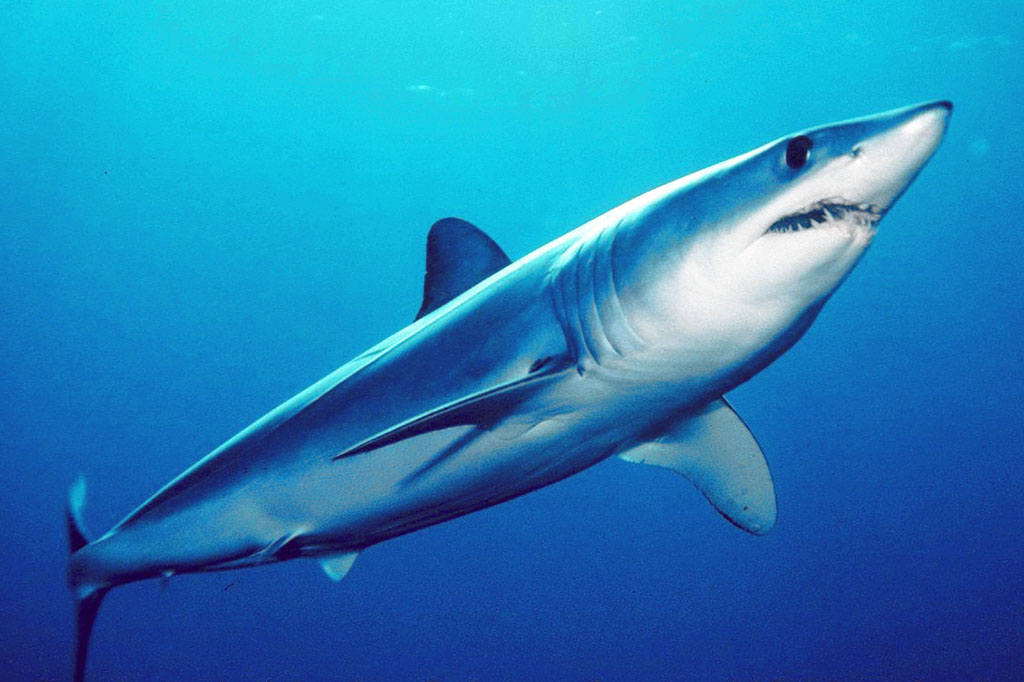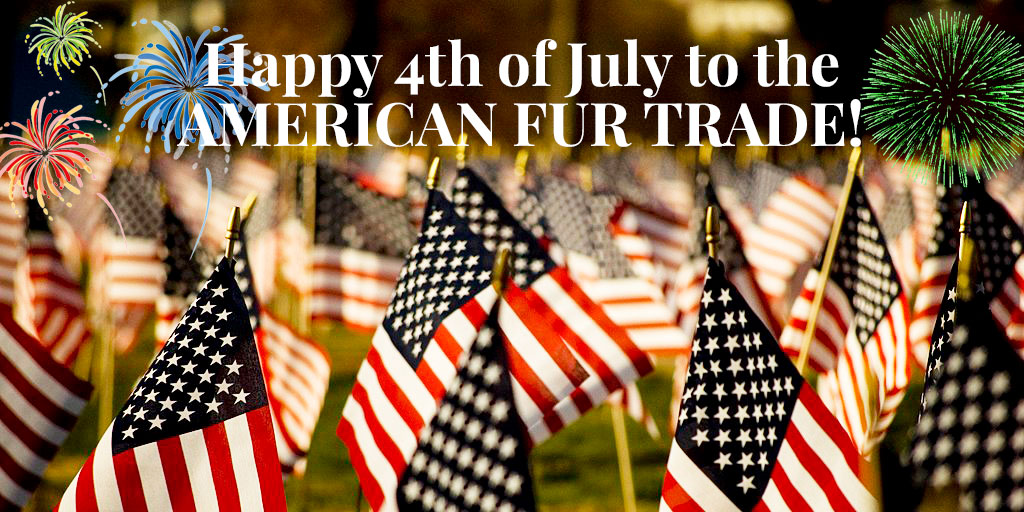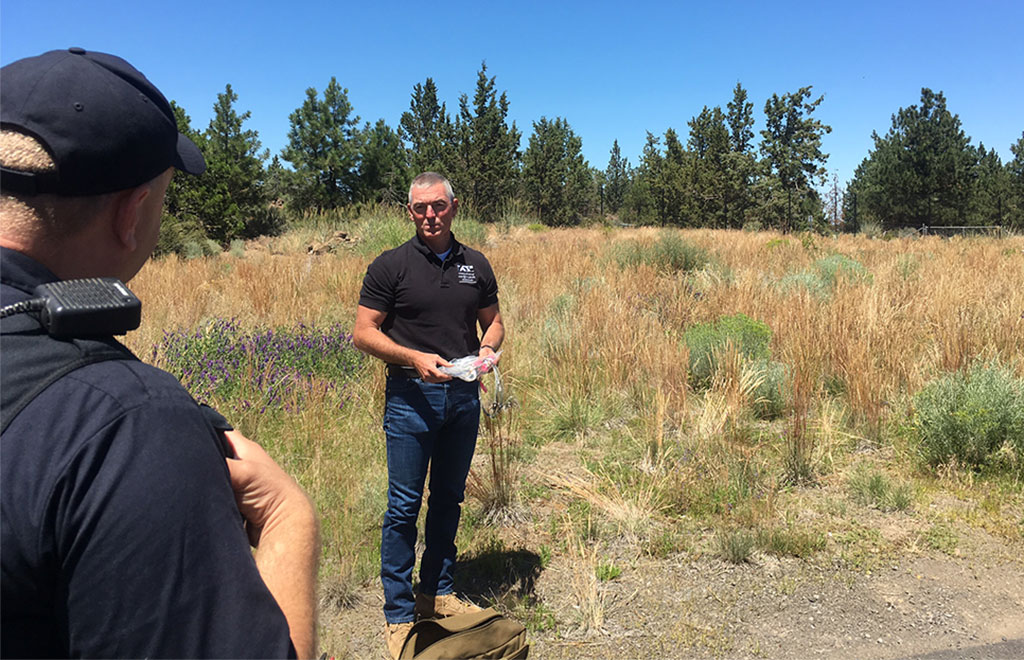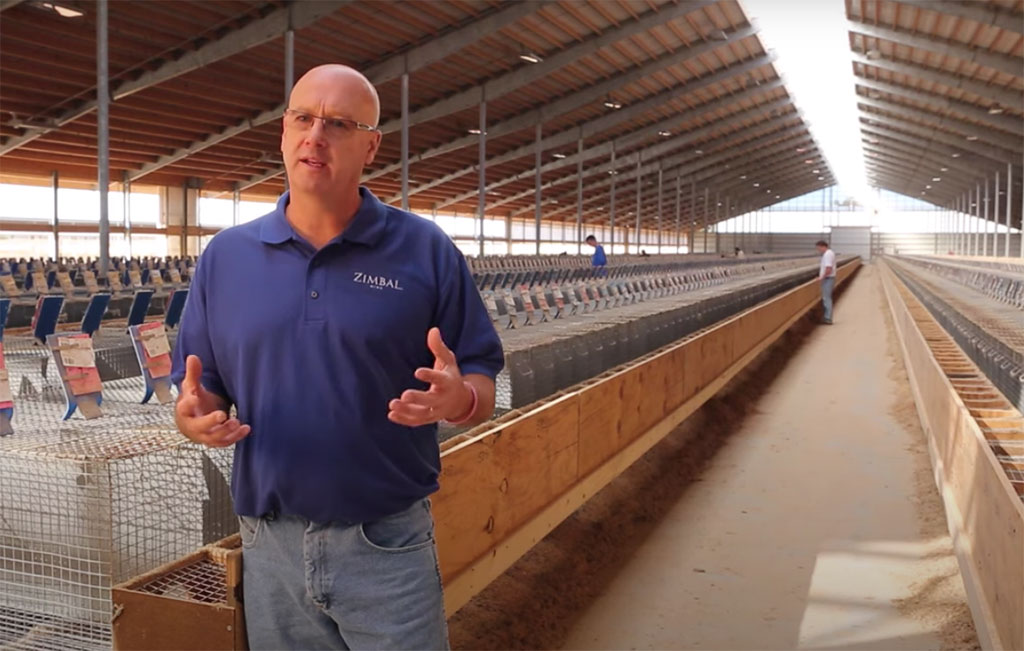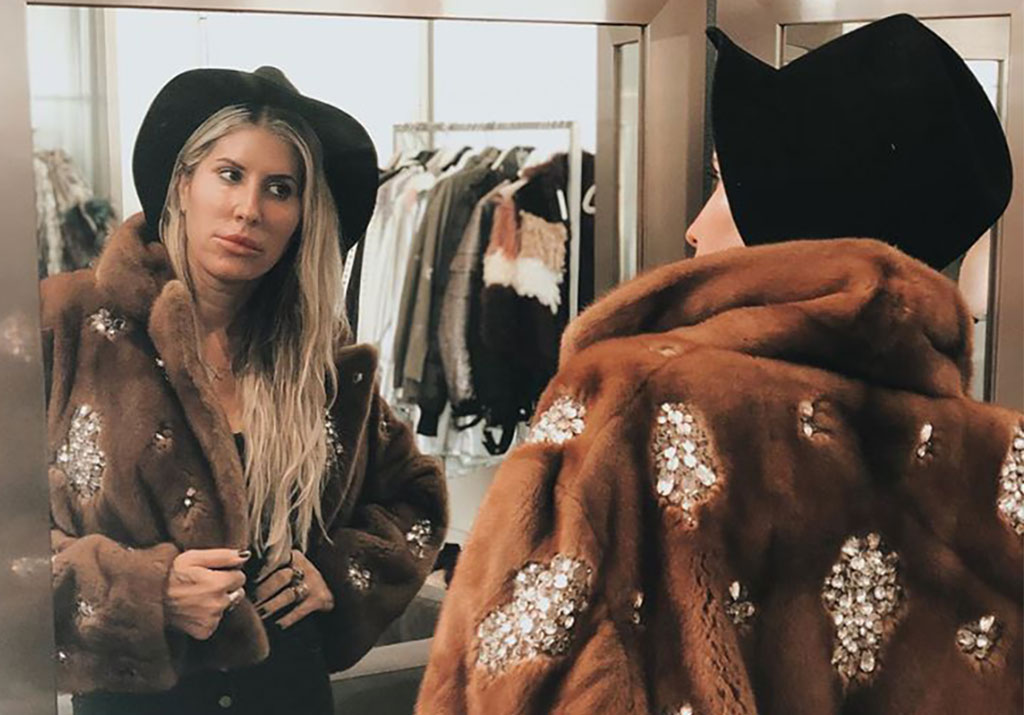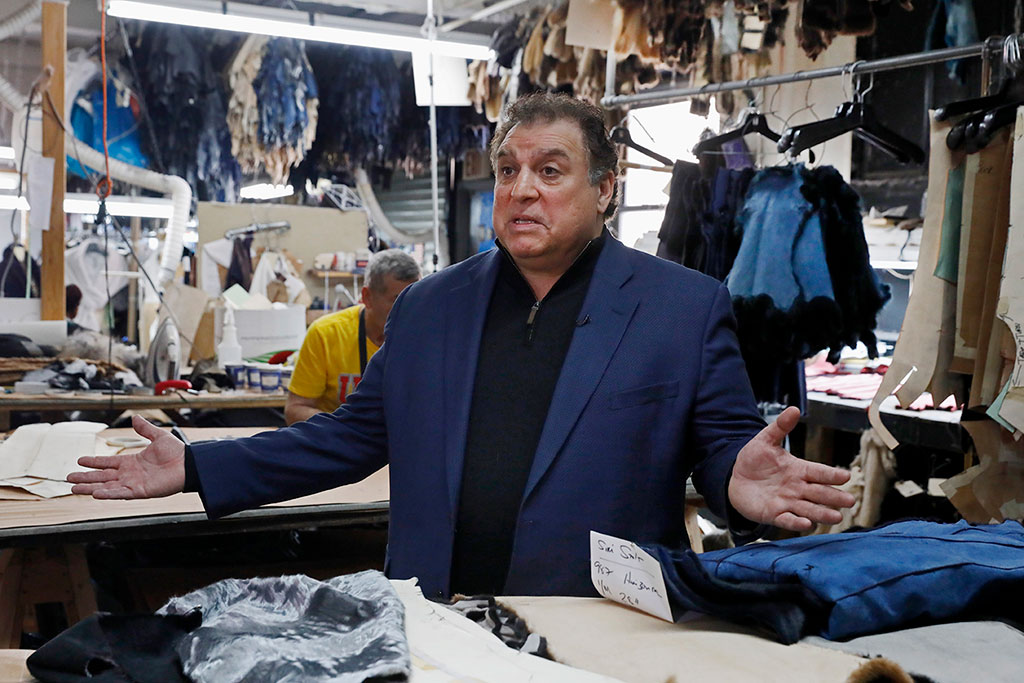Doug Chiasson: What Does the Fur Institute’s New ED Bring to the Table?
by Truth About Fur, voice of the North American fur tradeLast April 4, Doug Chiasson assumed the post of executive director of the Fur Institute of Canada, an independent entity founded…
Read More
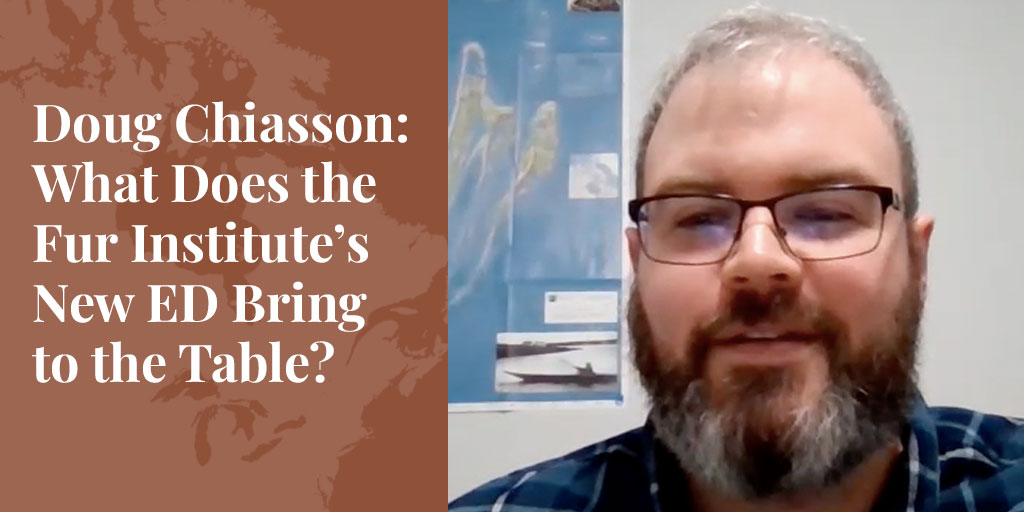
Last April 4, Doug Chiasson assumed the post of executive director of the Fur Institute of Canada, an independent entity founded by the government in 1983 to lead research on humane traps. Since then, it has also become a recognised authority on the conservation of wild furbearers, and a promoter of sustainable sealing.
SEE ALSO: Fur Institute of Canada champions humane and sustainable fur production. Truth About Fur.
Born and raised on Cape Breton Island, Nova Scotia, Doug spent 13 years studying and working in Ottawa, and is now back in his home province, residing outside of Halifax. In this time of unprecedented challenges in the fur trade, let’s find out what Doug brings to the table.
Truth About Fur: Canadians always have interesting roots. Tell us about your own mixed-up lineage.
Doug Chiasson: My ancestors came to Canada in three waves. The first wave arrived in the 1600s, from French-speaking Switzerland, and settled in the former French colony of Acadia, a term still used today for parts of the Maritimes. So I’m part Acadian. Then I’m part Clan Munro from the Scottish Highlands, with my ancestors coming here in the 1700s as part of the Highland clearances. And then there’s some Irish Catholic mixed in too.
TAF: You don’t have a background in fur, so how did your experiences prepare you for your new position with the FIC?
DC: I have over 10 years of experience in marine resource management and environmental sustainability at provincial, territorial, national and international levels. After graduating from the University of Ottawa, I spent two years as a senior policy advisor to the federal Fisheries Minister, and one of my responsibilities was advising on the seal hunt, in which the FIC is an important stakeholder. So I worked with the FIC on a range of issues, notably on the government’s response to the WTO appeal of the European ban on Canadian seal products. I then spent some time advising the Premier of the Province of Manitoba on sustainable development.
From there I moved to WWF-Canada to head its Arctic fisheries program. WWF-Canada has always been an outspoken supporter of sustainable use, including on such controversial issues as sealing and polar bear hunting. In a few other countries, WWF is sometimes perceived as being anti-use, but that is not true for the WWF family as a whole. In fact, WWF International has cautioned against letting animal welfare groups hijack important conversations about conservation.
And in my capacity with WWF, I also served as co-chair of the Green Budget Coalition. The GBC is a coalition of national-level environmental organisations that provides annual recommendations to the Canadian government about what to fund in pursuit of greater sustainability.
Role of Executive Director

TAF: How do you see your role as executive director of the FIC?
DC: The FIC is a membership organisation, so my job is to work with the Board and members to set goals and find ways to reach them. We need to be ambitious, and if we don’t always reach our goals, we should at least come close.
I have no shortage of ideas of my own, but I must also draw on the institutional knowledge of the Board, many of whom have been in the industry far longer than I will ever be. They are not just the present moment in time; there’s a lot of experience and memory that I need to tap into. As a new executive director, I may have what I think are great ideas, but maybe they’ve been tried before and didn’t work out. The Board can tell me how and why.
TAF: The FIC is well known for its work on testing trap designs, but less well-known as a promoter of sealing. How does sealing fit into the FIC’s mandate?
SEE ALSO: Humane trapping research program leads the world. Truth About Fur interviews Pierre Canac-Marquis.
DC: Originally our mandate was for trap research, which then expanded to include furbearer conservation, which led to sealing and the launch of the Seals and Sealing Network program. From this have sprung two marketing projects for seal products: Canadian Seal Products, and Proudly Indigenous Crafts & Designs.
Some people see a divide between fur and seals, but from the FIC’s perspective it is largely artificial. Obviously fur is one of the main products of sealing, and sealers face the same opposition from anti-fur campaigners as anyone else in the industry. But why, they ask, is the FIC also promoting seal oil and meat? The reason is because this falls under our mandate of furbearer conservation. A cornerstone of modern conservation, for all except endangered species, is sustainable use, and part of sustainable use is ensuring maximum utilisation of any animals harvested. So in the case of seals, this means not just the fur, but also the meat and oil.
Industry Representation

TAF: How well are the various sectors of the industry currently represented in the FIC’s membership, and what improvements are you hoping for?
DC: Our membership is already broad in the sense that we represent all sectors to an extent, but we certainly don’t have everyone in every sector. So the task ahead for me is not necessarily to broaden our membership, but to deepen it. Wild fur is our strong suit, with members including trapping associations, brokers, Fur Harvesters Auction, and so on. Sealers and fur farming associations are also represented. Areas where I’d particularly like us to expand our membership include design, retail, and primary and secondary processing industries.
Also I hope to expand our engagement with Indigenous people across Canada, whether it’s businesses, regional organisations, or local governments with communities that are reliant on fur. Indigenous people are thought to account for 25-30% of Canada’s fur production, so that gives us a target to aim for; Indigenous representation should at least be in line with their participation in the industry.
TAF: Let’s talk more about Indigenous representation in the context of Reconciliation. The FIC inevitably has a role to play because fur is so important in Indigenous cultures, and by extension in their cultural industries.
DC: There are a lot of things to unpack in the national discourse about Reconciliation. There are sensitivities that must be respected, particularly involving cultural industries. There are cases of Indigenous people being excluded in the past from an industry by non-Indigenous people, who then tried to do it themselves. We have to work to be respectful and inclusive of everyone who has a connection to fur, so that we can all work together.
Reconciliation is a journey that all Canadians are taking, and it won’t just end one day when we’ll say, “Ok, Reconciliation is done!” But I’m optimistic. I have been lucky enough to work closely with Indigenous harvesters and communities in the past. The majority of people, Indigenous and non-Indigenous alike, are not interested in building walls. They want to share their cultures, and have them appreciated.
Unified Strategy?
TAF: The fur industry today is facing an existential threat from animal rights groups. This has prompted some Canadian participants to call for a unified strategy coordinated by a single national organisation. Should the FIC assume this role?
DC: I agree that a unified strategy is needed, and also believe the FIC is the obvious choice to coordinate it. Building another organisation from scratch to represent the industry, when we already have the FIC, makes no sense. By serving as a central clearing house for the entire industry, we will be able to walk into any meeting with the government and say, “We represent the Canadian fur sector.”
TAF: If the FIC assumes this role of a central clearing house, how should it handle disagreements among parties?
DC: I see the FIC as a forum for candid discussions involving all parts of the fur industry, as we find ways forward that keep everyone happy. I don’t think there need to be any either/or situations in the fur trade. We all need to be pulling in the same direction in a way that benefits everyone.
Of course, there are some conversations that have no end, and I’m not saying there will never be hurt feelings. But at least let’s talk about these issues among ourselves, on friendly terms, not in the newspapers.
That said, I don’t want to turn the FIC into a debate club! I want us to be action-oriented, and results-targetted, to do things that help everyone.
Focal Messages
TAF: So what messages should the fur trade be focusing on? Some people favour old-school messages: responding to the lies and misrepresentations of animal rights groups, while reminding consumers of the beauty and luxury of fur. Others now see engaging with animal rights groups as a waste of time, and instead want to focus on positive messages about fur that reflect current interest in environmental issues, notably its sustainability compared with synthetics.
DC: I’d prefer us to be in a position where telling the good stories is all we have to do, but at least it should be the first thing we do. So let’s start by telling people that fur is warm, looks great, is good for the planet, helps the economies of remote communities, and is central to the cultures of many people. Let’s not start with, “We’re only saying this so you stop listening to animal rights groups.” Our first message should be, “We’re going to sell you this world-class product.”
***
To learn more about donating to Truth About Fur, click here.
